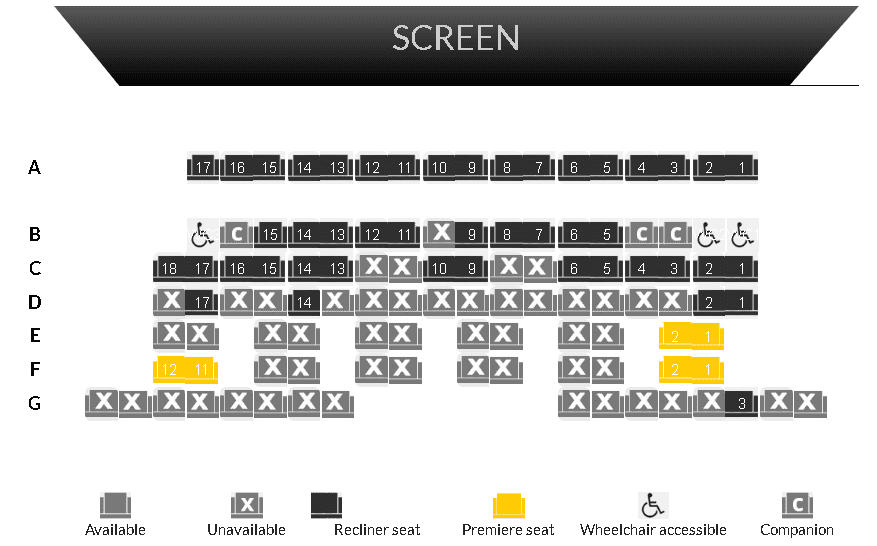Is often used to pressure prospects into taking immediate action. Urgency itself is sometimes necessary, as some prospects tend to procrastinate taking action, even to their detriment, even if they are already convinced of the value of your offering.
They may be waiting for a sale or promotion, thinking they would save more by purchasing at that time, failing to consider that they may be losing out on more by not switching sooner. Or perhaps they’re leveraging time in hopes of compelling you to sweeten the deal.
In any case, some form of urgency is helpful if applied correctly. Sadly, it often isn’t.
Sleazy Inauthentic Urgency
is when a company creates a false sense of urgency to pressure the prospect into closing. Example include:
- When a company claims a sale is “ending soon” but continues to offer the same discount for weeks or even months. Sales and Promotions are overused. Consumers become desensitized if you’re perpetually having a sale and come to expect that as your normal price.

- Companies that claim a product is “running out” or only “available in limited quantities” despite having sufficient inventory.
- Early-bird pricing is also often a form of inauthentic urgency, especially when there isn’t any added value to justify purchasing earlier.
Real Authentic Urgency
On the other hand, is when there is a genuine reason for prospects to act quickly. For example,
- If you’re selling tickets to a concert and there are only a limited number of seats available due to the size of the venue, compounded with high demand because it’s for a popular band. This creates authentic urgency. Prospects know if they don’t buy their tickets now, they may not be able to get them later or may be left with less-than-desirable seating options.

- Truly having limited inventory due to production constraints.
- Needing to enroll participants by a certain date for a live course, program, or event with a clear starting date (as there are often accompanying logistical resources like venue, materials, and necessary facilitators that need to be ironed out before it begins).
- Limiting your capacity to work with too many clients because you lack the resources to serve them at your standard of quality.
- Early-bird pricing is acceptable and not manipulative if you properly incentivize it by providing additional limited value-added benefits. For example: The first 100 tickets get an autographed poster, or the first 50 purchases during an event will be entered into a lucky draw to win a prize.
Incentives can be a great way to reward your customers, deepen your relationship with them, and cultivate loyalty. The best kinds are related to your offering and genuinely desired by your prospects. Random swag or cash isn’t recommended as they are transactional.
Internal/Intrinsic > External/Extrinsic Motivation
Although inauthentic urgency may drive sales in the short term, it will ultimately harm a company’s reputation in the long term. Prospects dislike feeling pressured into buying and are unlikely to return to a company that uses sleazy sales tactics.
On the other hand, authentic urgency can create a sense of excitement and anticipation. If used correctly, it can help create a positive experience for your prospects, leading to them becoming loyal and returning customers.
External motivation isn’t always bad; it still works when applying urgency, as long as it is done with integrity. Even so, it’s more effective to focus on internal motivation. To further elaborate:
External Motivation
Drives the prospect to take action but comes from the environment. It is controlled by you – the organization. Examples include the previously mentioned limited inventory, limited seats for your course, program start dates, or product availability dates.
“This promotion ends in 3 days. Since you’re here today, you might want to get it before it’s too late.”
They do have an effect, and it’s not wrong to use them, but ensure you are authentic in doing so and transparent about why. There is one exception: external motivation in the form of incentives inversely correlates with referrals. More on this when we discuss the Sticky Engine of Growth.
Internal Motivation
Is when prospects are driven to take action due to their personal desire to accomplish or resolve something by a certain time. Focusing on these self-acknowledged factors, instead of externally imposed deadlines and limitations, empowers your prospect with a sense of autonomy.
To apply this effectively, you’ll have to first identify and understand their timelines. Do so by asking timeline-related questions in the ASSESS phase. For example:
“By when are you hoping to resolve this?”
“How soon do you want to see <x> result?”
When Closing, remind them of their timeline and hold them accountable. For example:
“You said you wanted ___ by ___ date. To achieve that, we’ll need to start by ___ because it will take ___ weeks to migrate your data, ___ weeks on average for training, and ___ weeks for your employees to familiarize themselves and begin to efficiently use the new platform.”
If you haven’t already been exposed to it, the Gap Selling methodology by Keenan emphasizes identifying and addressing internal motivations. Gap Selling is about recognizing and understanding the “gap” or discrepancy between the current state of the prospect and their desired future state: the goals, aspirations, and desired outcomes that the prospect aims to achieve. This gap becomes the focal point for discussions and serves as the motivation for the prospect to take action.
The offering is then positioned as the solution that bridges the identified gap. Urgency is incorporated by highlighting the negative consequences of inaction, quantifying the benefits of the solution (the sooner they act, the sooner they can benefit), understanding the prospect’s timeline to achieve their desired outcomes, and reinforcing the value of time.
Avoid Fear Mongering
Avoid employing manipulative sales techniques that promote instilling Fear, Uncertainty, and Doubt (FUD) in your prospects to coerce them to change, or die. Inciting panic only breeds distrust, and it might even inadvertently cause people to associate your brand with the negative emotions you evoke in them. Instead, captivate and impress your prospects by demonstrating the possibilities they can unlock with your solution.
